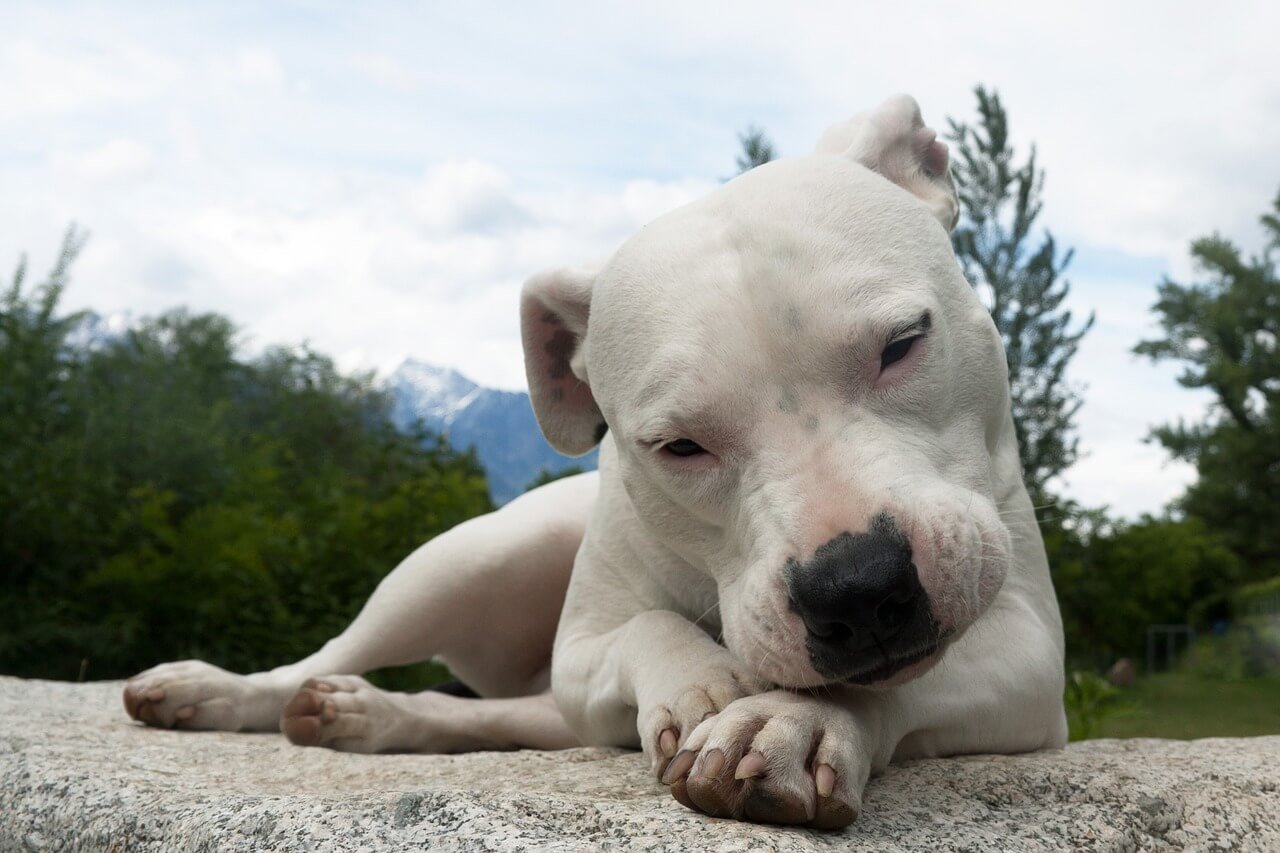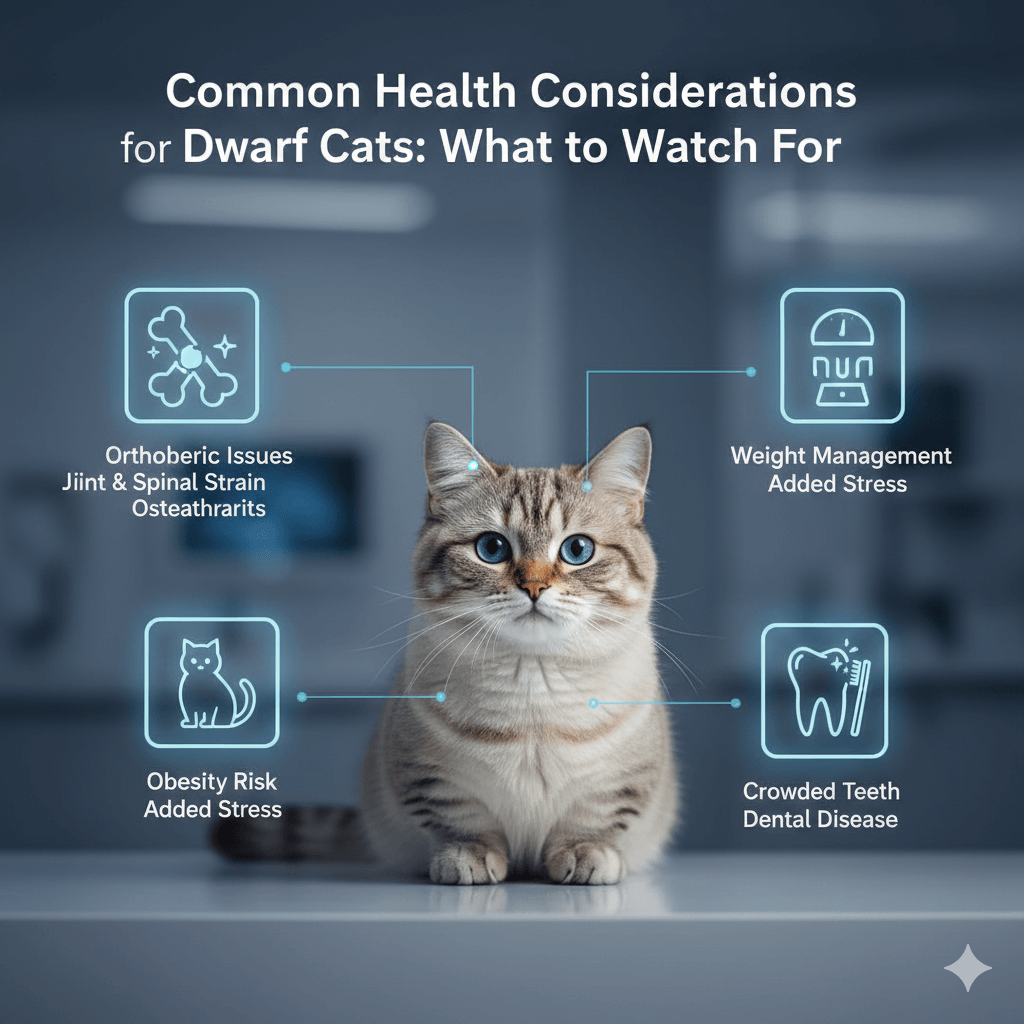Why Does My Dog Put My Hand in His Mouth? Understanding This Endearing Behavior
Dogs are known for their playful and affectionate nature, but sometimes their behaviors can leave us scratching our heads. One such behavior is when your dog gently places your hand in their mouth. While it might seem odd or even concerning at first glance, this action is often rooted in natural instincts and communication cues. Whether you’re a new dog owner or a seasoned pet parent, understanding why your furry friend engages in this behavior can strengthen your bond and help you respond appropriately. Let’s dive into the reasons behind this quirky yet meaningful gesture.
What Does It Mean When Your Dog Puts Your Hand in Their Mouth?
When your dog places your hand in their mouth, it’s rarely a random act. Instead, it’s a form of communication that reflects their emotions, needs, or instincts. Below are some common explanations for this behavior:
Affection and Bonding
Many dogs use gentle mouthing as a way to show love and closeness. It’s their version of a hug or a kiss.Playfulness
Dogs often use their mouths during play. If your dog is in a playful mood, they might be inviting you to engage with them.Teething or Oral Discomfort
Puppies, in particular, explore the world through their mouths. If your dog is young, they might be teething and seeking relief.Seeking Attention
Sometimes, dogs resort to mouthing when they want your attention. They’ve learned that this behavior gets a reaction from you.Instinctual Behavior
In the wild, dogs use their mouths to carry things, including their young. Your hand might remind them of something they naturally want to “carry.”
Understanding these motivations can help you interpret your dog’s actions more accurately. Remember, context matters—observe your dog’s body language and surroundings to determine what they’re trying to communicate.
How to Respond When Your Dog Puts Your Hand in Their Mouth
While this behavior is usually harmless, it’s essential to guide your dog appropriately to ensure it doesn’t escalate into biting or aggression. Here’s how you can respond effectively:
Stay Calm and Avoid Jerking Away
Reacting abruptly might encourage your dog to think it’s a game. Instead, stay still and let them release your hand on their own.Redirect with a Toy
If your dog is mouthing out of playfulness, offer them a chew toy or a ball to redirect their energy.Use Positive Reinforcement
Reward your dog with treats or praise when they exhibit gentle behavior. This reinforces good habits over time.Set Clear Boundaries
If your dog’s mouthing becomes too frequent, teach them a command like “gentle” or “no teeth” to establish limits.Consult a Professional
If you’re unsure why your dog is engaging in this behavior or if it seems aggressive, seek advice from a veterinarian or a professional dog trainer.
By responding thoughtfully, you can turn this behavior into an opportunity for training and bonding. Every interaction is a chance to deepen your connection with your furry companion.
Check this guide 👉Why Does My Dog Curl Up in a Ball? Best 7 Behavior Tips!
Check this guide 👉Why Is My Female Dog Hiding and Acting Strange? Best 7 Tips!
Check this guide 👉Why Does My Dog Lay Against Me? Best 7 Behavior Tips!

Reasons Behind the Behavior | How to Address It |
|---|---|
Affection and bonding | Reward gentle behavior |
Playfulness | Redirect with toys |
Teething or oral discomfort | Provide chewable items |
Seeking attention | Set clear boundaries |
Instinctual actions | Stay calm and observe |
Common Misconceptions About Dogs Mouthing Hands
There are several myths surrounding why dogs put hands in their mouths. Let’s debunk some of these misconceptions to better understand your pet’s intentions:
Myth: It’s Always a Sign of Aggression
Most dogs who mouth hands do so gently and without malicious intent. Aggression typically involves growling or snapping.Myth: It’s a Dominance Display
While some believe this behavior is about asserting dominance, it’s more often related to play or curiosity.Myth: Only Puppies Exhibit This Behavior
Adult dogs can also engage in mouthing, especially if they weren’t trained against it as puppies.Myth: It Can’t Be Stopped
With consistent training and redirection, most dogs can learn to minimize or stop this behavior.Myth: It’s Harmless and Should Be Ignored
Ignoring the behavior entirely can lead to unintended consequences, such as accidental biting during play.
By addressing these misconceptions, you can approach your dog’s behavior with greater clarity and confidence.
Tips for Preventing Unwanted Mouthing Behavior
If you’d like to discourage your dog from putting your hand in their mouth, consider implementing these practical tips:
Teach Bite Inhibition Early
Start training your puppy to understand how much pressure is acceptable during play.Provide Plenty of Chew Toys
Ensure your dog has access to appropriate items for chewing, reducing the likelihood of them turning to your hand.Engage in Structured Playtime
Regular play sessions with rules can help your dog learn what behaviors are acceptable.Avoid Rough Play with Hands
Using your hands as toys during play can confuse your dog and encourage mouthing.Be Consistent with Training
Consistency is key when teaching your dog boundaries. Everyone in the household should follow the same rules.
With patience and persistence, you can guide your dog toward healthier habits while maintaining a loving relationship.
Signs Your Dog’s Mouthing Is Playful and Not Aggressive
It’s important to differentiate between playful mouthing and potentially harmful behavior. Here are some signs that indicate your dog is simply being playful:
Relaxed Body Language
A wagging tail, loose posture, and soft eyes suggest your dog is in a playful mood rather than an aggressive one.Gentle Pressure
If your dog applies minimal pressure while mouthing, it’s likely they’re engaging in harmless play.No Growling or Snarling
The absence of growling or snarling indicates that your dog isn’t feeling threatened or defensive.Ears and Tail Are Neutral or Happy
Neutral or perky ears and a wagging tail signal that your dog is comfortable and enjoying the interaction.They Respond to Cues
A playful dog will usually stop mouthing when you ask them to or redirect their attention to a toy.
By observing these signs, you can feel more confident that your dog’s behavior is rooted in playfulness rather than aggression. Always trust your instincts and seek professional advice if you’re unsure.
Ways to Strengthen Your Bond Through Positive Interactions
Building a strong bond with your dog involves creating positive experiences that reinforce trust and affection. Here are some ways to deepen your connection:
Spend Quality Time Together
Dedicate time each day for activities like walks, playtime, or cuddles to strengthen your relationship.Engage in Training Sessions
Training sessions not only teach obedience but also provide mental stimulation and bonding opportunities.Use Treats and Praise
Rewarding good behavior with treats and verbal praise helps your dog associate you with positivity.Practice Gentle Touch
Regularly petting or massaging your dog in a calm manner can help them feel safe and loved.Be Consistent and Patient
Consistency in your actions and patience in your approach show your dog that you’re a reliable companion.
These small yet meaningful gestures can go a long way in fostering a lifelong bond with your furry friend. Remember, every positive interaction strengthens the foundation of your relationship.
When to Seek Professional Help for Mouthing Behavior
While mouthing is often harmless, there are instances where professional guidance may be necessary. Consider seeking help if you notice the following:
Frequent Biting or Nipping
If your dog’s mouthing escalates to biting or nipping regularly, it could indicate a lack of bite inhibition.Aggressive Body Language
Growling, stiff posture, or raised hackles during mouthing may suggest underlying aggression.Injury or Pain
If your dog’s mouthing causes pain or breaks the skin, it’s time to consult a professional.Behavioral Changes
Sudden changes in your dog’s behavior, including increased mouthing, could signal stress or health issues.Difficulty with Training
If your efforts to train or redirect your dog aren’t yielding results, a trainer or behaviorist can provide tailored solutions.
Addressing these concerns early can prevent further complications and ensure your dog remains happy and well-adjusted. A professional’s expertise can make all the difference in managing challenging behaviors effectively.
Frequently Asked Questions About Dogs Mouthing Hands
Is it normal for my dog to put my hand in their mouth?
Yes, it’s a common behavior that often stems from playfulness, affection, or curiosity.
Should I be worried if my dog does this frequently?
Not necessarily, but monitor their body language and ensure it doesn’t escalate into biting.
How can I stop my dog from mouthing my hand?
Use redirection techniques, positive reinforcement, and consistent training to address this behavior.
Does this behavior mean my dog sees me as prey?
No, this behavior is rarely linked to predatory instincts. It’s usually a sign of play or affection.
Can older dogs exhibit this behavior too?
Absolutely. While it’s more common in puppies, adult dogs may also engage in mouthing.
Building a Stronger Bond Through Understanding
Your dog’s tendency to put your hand in their mouth is more than just a quirky habit—it’s a window into their world of communication and emotion. By understanding the reasons behind this behavior and responding appropriately, you can foster a deeper connection with your furry friend. Remember, every wag of the tail and every nuzzle is a testament to the unique bond you share. With patience, consistency, and love, you’ll continue to nurture a relationship built on trust and mutual respect.
Is Royal Canin Good Cat Food? Best 7 Expert Tips! Learn the truth about this brand & get vet-approved advice on feeding, ingredients, and tailored formulas.
Dwarf Cat Lifespan: Best 7 Expert Tips! Discover how to ensure a long, healthy, and happy life for your short-legged feline companion.
Blue Buffalo Cat Food: Best 7 Expert Tips! Discover how to choose the right formula, feeding strategies, and nutritional benefits for your feline friend.
Canned Pumpkin for Cat Diarrhea: Best 7 Expert Tips! Natural remedy to firm stools, soothe upset bellies, and support gut health safely.





